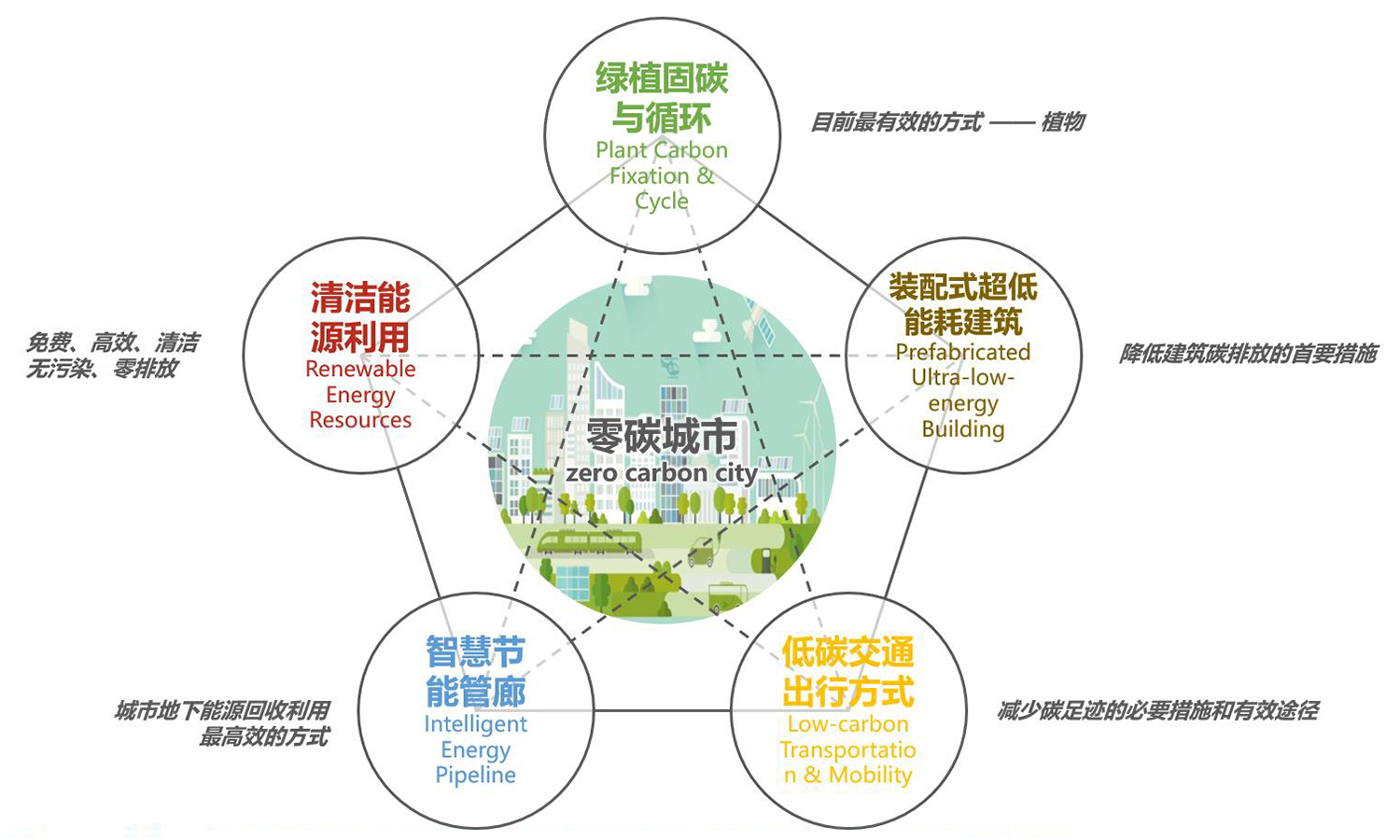
1. Prefabricated ultra-low energy building is not only the primary measure to reduce building carbon emission, but also the only way for urban and architectural development;
2. Low carbon transportation and mobility is a necessary measure and effective way to reduce human carbon footprint;
3. Intelligent energy pipeline is the most efficient way to recycle urban underground energy;
4. Renewable energy resources are free, efficient, clean, pollution-free and zero emission;
5. Plant carbon Fixtion and cycle, using plant carbon fixation and carbon recycling is the most effective and lowest cost way at present.
Prefabricated ultra-low building:
1. Buildings are a "large household" of carbon emissions. Our first measure to achieve a zero carbon city is to minimize the carbon emissions of buildings, an effective and practical way - using passive ultra-low energy buildings. At present, the development of ultra-low energy consumption buildings in China has begun to take shape. We can adopt "the first fabricated ultra-low energy building technology system certified by PHI in China", which has been applied in many domestic projects. By building ultra-low energy buildings, we can greatly reduce the primary energy consumption and carbon emissions in the use of buildings. This is a prerequisite step among many measures.
2. In addition to reducing the energy consumption and carbon emission in the use of buildings, we also need to solve many problems in the production and construction process of buildings (including the problem of carbon emission amplification). An effective measure -- assembly of buildings. The equipping of passive buildings has the above five advantages
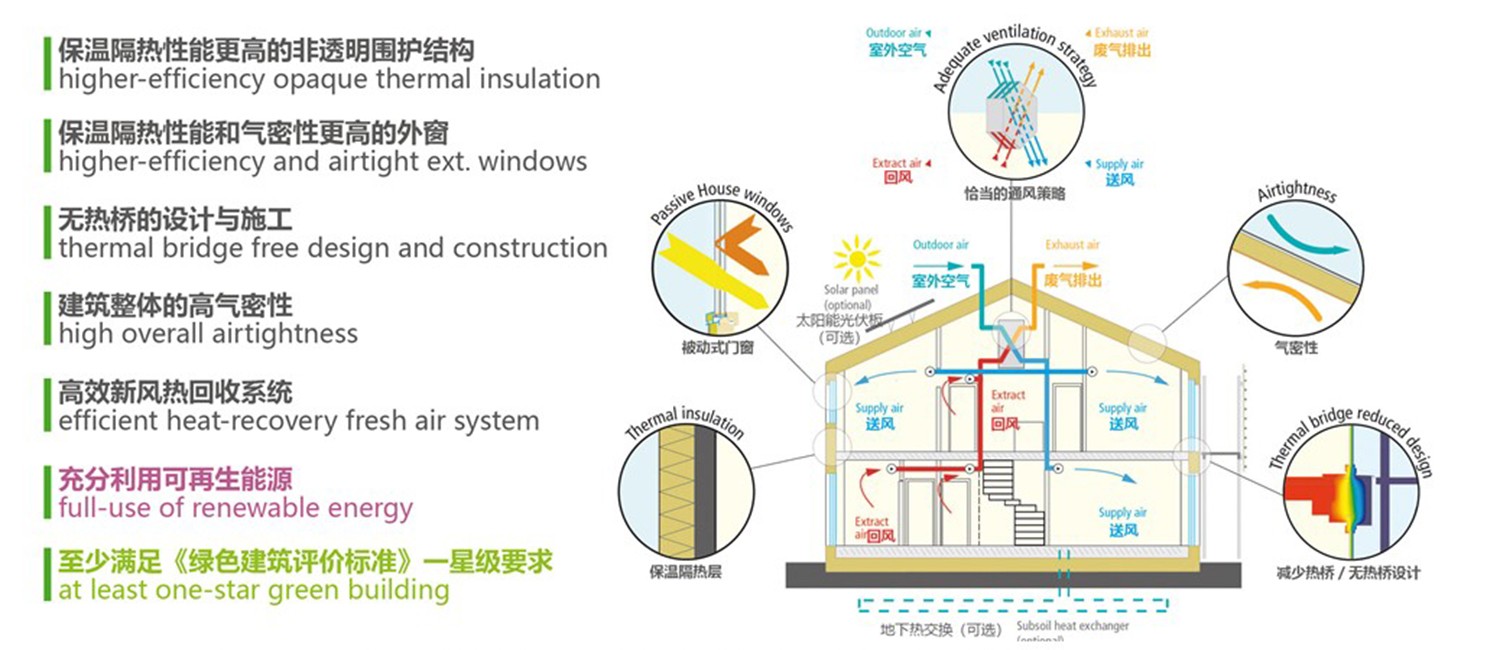
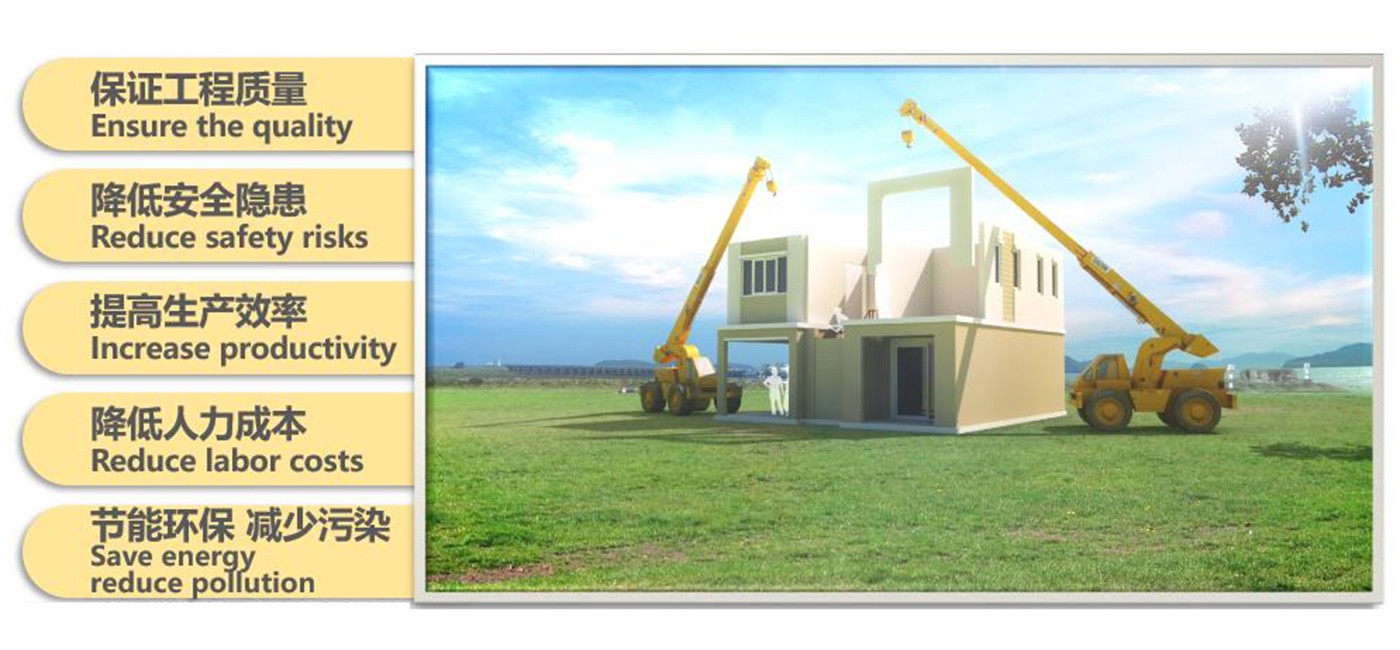
Low-carbon transportation and mobility:
Human travel and the use of transportation are also closely related to carbon emissions, so we need to adopt low-carbon or even zero carbon transportation. It mainly includes material transportation, crowd transportation and movement. In every aspect, we can adopt advanced management systems, information systems and low-carbon and efficient means of transportation to achieve carbon reduction and zero carbon. Then, we should give full consideration in urban planning and design, such as controlling the size of blocks and walking distance, providing diversified travel modes and conditions, and so on.
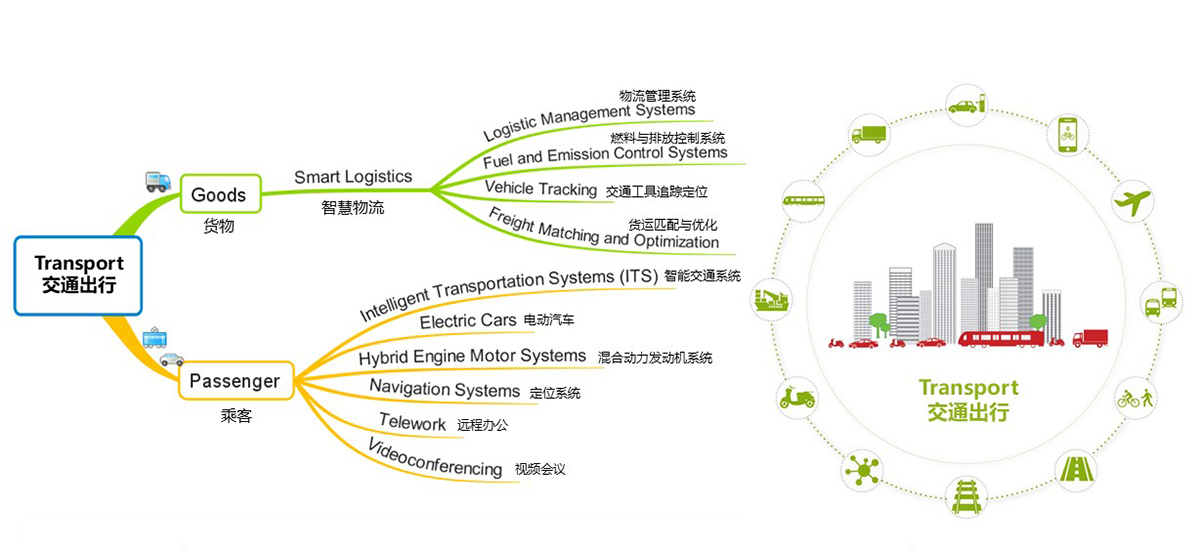
Interlligent energy pipeline:
Urban construction and development are inseparable from energy consumption. The recycling of secondary energy is a very important aspect. An effective measure is to adopt intelligent energy pipe system in the overall urban system, which can not only greatly recover energy, but also intelligently monitor and realize accurate redistribution.
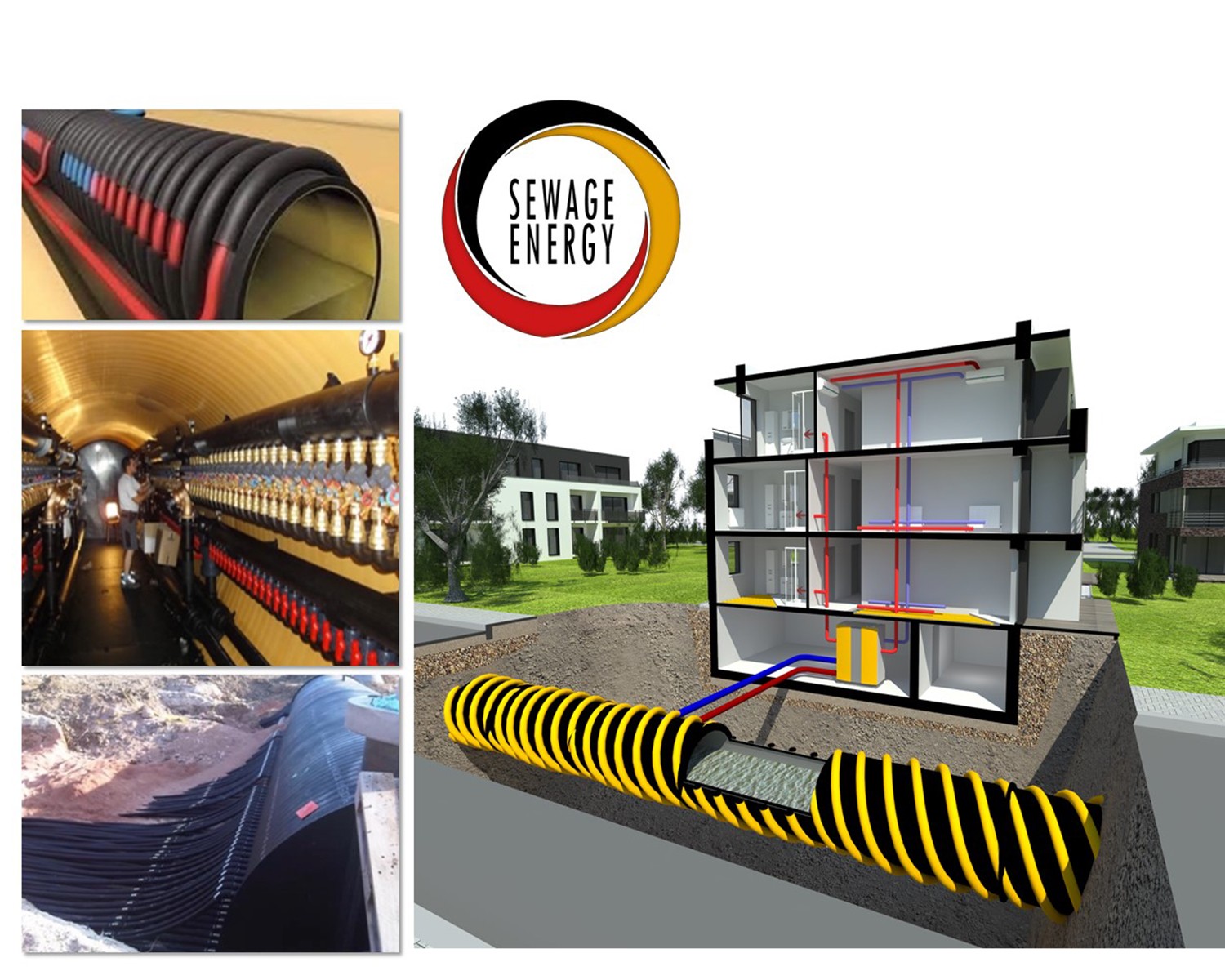
Renewable energy resources:
1. Urban construction and development are inseparable from energy consumption, but we can make full use of renewable clean energy, including solar energy and wind energy. At present, the development and utilization of photovoltaic energy and wind energy in China is becoming more and more mature, which is an important part of China's energy consumption system.
2. We can also use water energy, including micro, medium and large-scale hydraulic energy. We can also use micro water conservancy facilities to obtain energy. Many micro hydropower facilities can also produce huge energy resources.
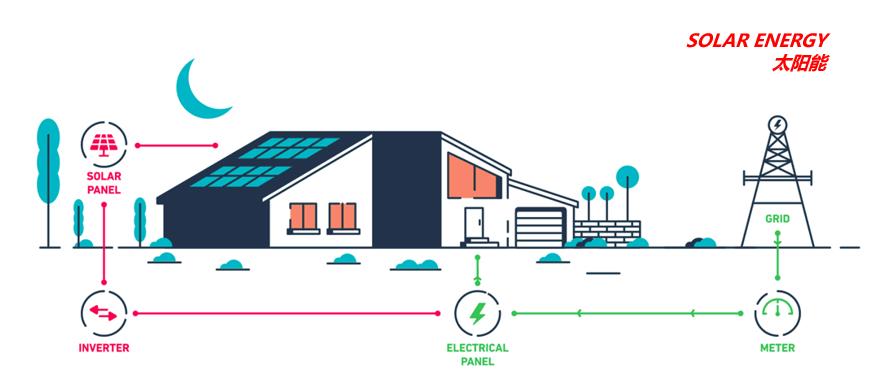
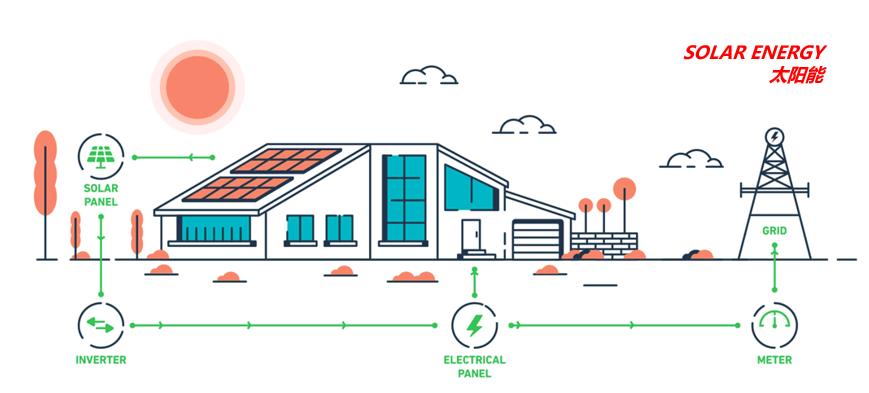
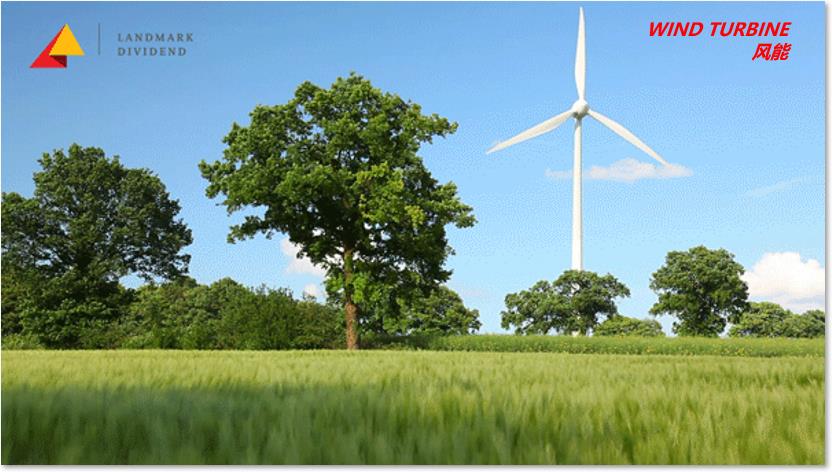
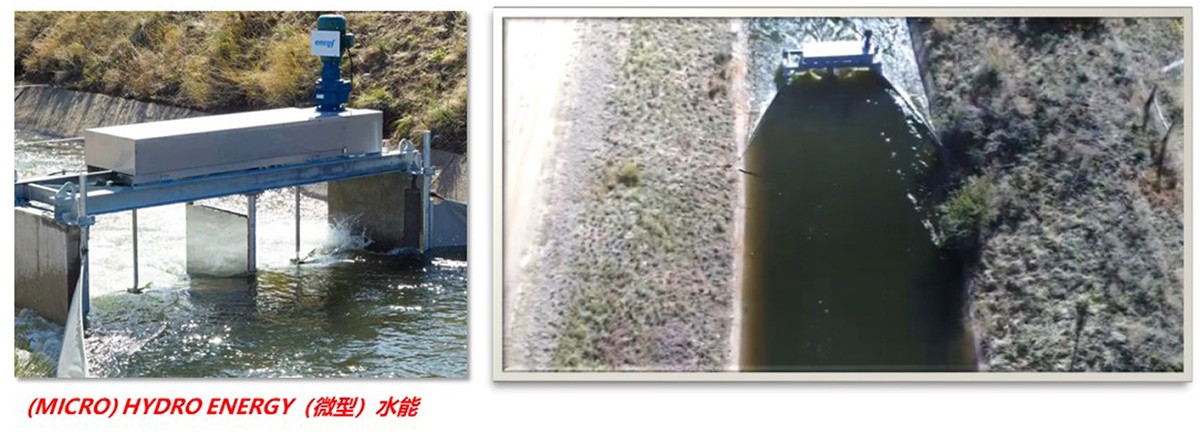
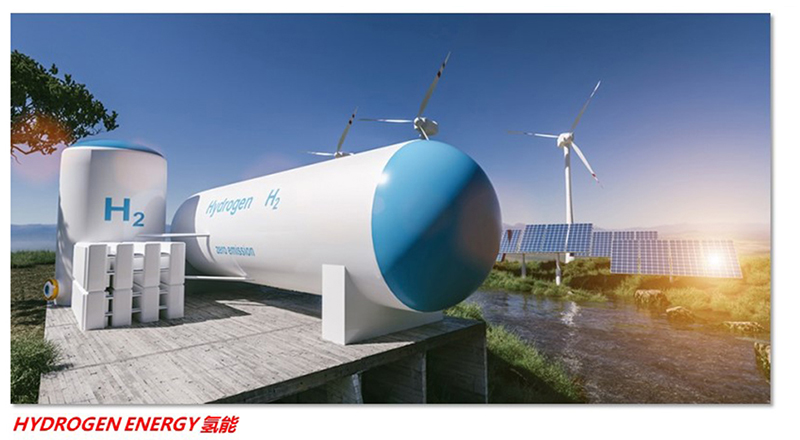
Plant carbon fixation and cycle:
For the inevitable carbon emission in urban construction and development, we suggest that the natural capacity of plants - carbon sequestration and carbon cycle should be used first, which is also the lowest and most effective way to achieve "carbon neutralization".




